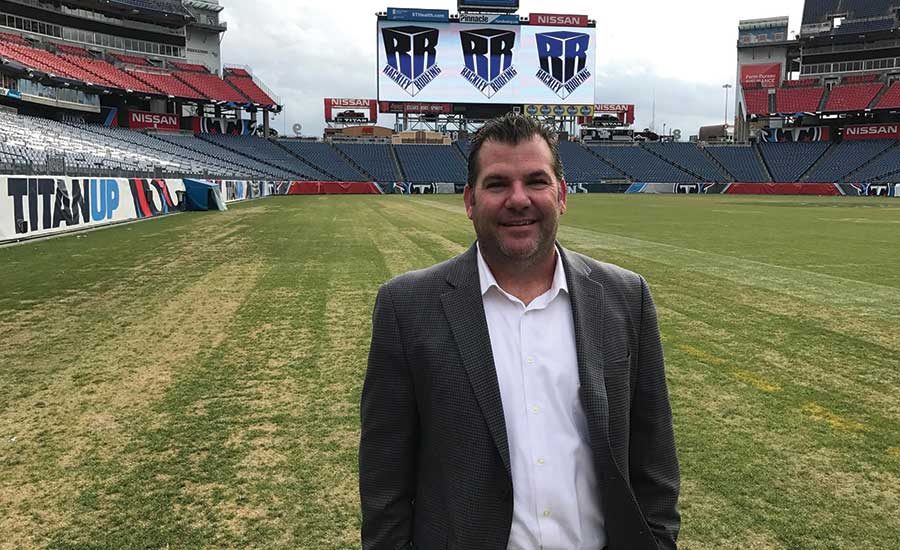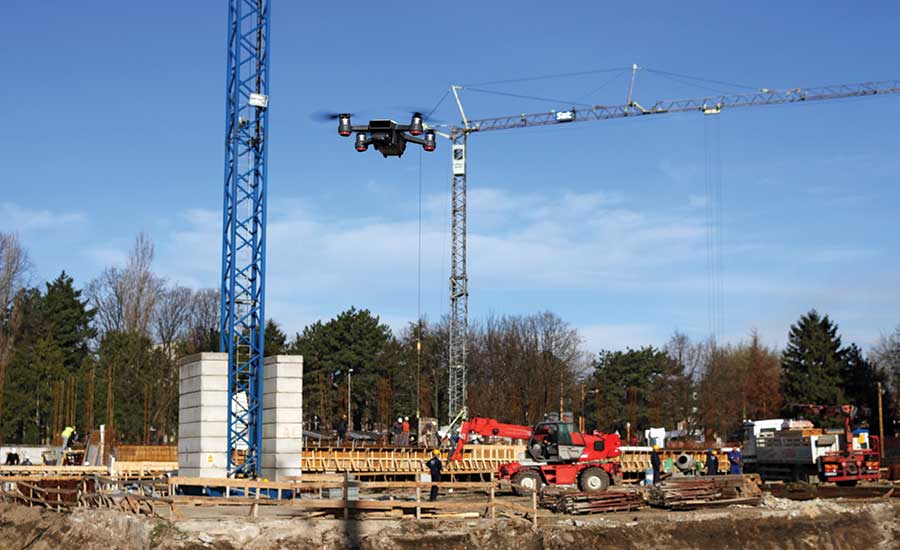RT3 and the Roofing Industry
RC Takes a Closer Look at the Stakeholders Working on Technology to Move the Roofing Industry Forward














Editor’s Note: The recent infusion of technology into the roofing industry has created opportunities for roofing contractors in any market to fundamentally change and improve how they do business. Many are doing so, and innovating in unexpected ways that could lay the groundwork for transformative change. In order to help them — and others not quite there yet — a group of industry leaders formed the Roofing Technology Think Tank (RT3) as a way to help contractors solve urgent business problems and push their business boundaries through technology.
Full disclosure: RC Publisher Jill Bloom is an RT3 member. To learn more, we recently asked the following questions of board member Karen Inman, COO of Irvine, Calif.-based Antis Roofing and Waterproofing, and members Michelle Boykin, COO, and Curtis Sutton, president, of Rackley Roofing Co. Inc., based in Carthage, Tenn.
RC: What were some highlights from RT3’s first year?
KI: This might seem mundane but one of the accomplishments is creating the corporate governance structure and membership process. The group isn’t open to everyone. The size is small enough with participants that are excited about technology and seeing how it can fit in the industry. We created a collaboration space using Slack (an online-based collaboration tool) that allows us to share ideas and trends allowing us to come together online even though we’re a team located across the United States.
MB: The live meetup in Washington D.C. was fantastic. We were able to hear about tech-driven topics by folks dealing with our country’s leadership. Also, the utilization of something that may seem minor, the Slack application, has been huge for us as a company. RT3 uses Slack as it’s main communication platform, and we have begun using it for our company as well. Emails have drastically gone down.
RC: How is RT3 funded, and why launch now?
CS: We’re funded by member dues. Technology is everywhere, including the construction industry. If you don’t embrace it, you will be left behind.
RC: How does RT3 stay on top of technological advances with potential to impact the industry?
KI: We have a strategy where we ask members to share about their own companies and what they’re doing. We look at broader trends in the industry and have meet ups where we take field trips to technology centers. We went to Georgia Tech (Georgia Institute of Technology) and looked at 3-D printing and their innovation lab. In November we visited the Microsoft campus. We’re looking at technology that isn’t just roofing or construction related but any technology that’s innovative.
RC: How does this group measure success and progress?
KI: This is an area to develop. We have our mission and are aligning outcomes and deliverables for the group. Ultimately, if we can see members implement game-changing technology we’ll have met our mission. We just need to create the steps to get there.
MB: RT3 is a group of big thinking leaders in the industry that want to expand themselves and their businesses in technology. Being a part of this organization allows you to be surrounded by other innovative leaders. As a newer organization, this is a measurable that still needs to be determined. For now, just bringing content and excitement to the industry about technology is progress.
RC: Where is technology most needed in the roofing industry?
KI: Automation on the roof is of course a need and I would add technology that addresses safety on the roof, specifically. Anything we can do to keep our employees safer is crucial.
CS: Labor. We have such a huge shortage in the labor market that we must utilize technology as much as possible, as well as to gain interest from a tech-driven generation.
RC: How could roofing contractors better use technology?
KI: Take a look at your pain points as a company and see how technology can help relieve them. Addressing pain points will be the areas contractors will be most willing to spend some money and time on technology to resolve.
MB: The biggest way to better utilize technology is the get buy-in from your entire company. Any new software, app, or tech product is great, but if only a few team members are utilizing it, the technology will fail within your organization. If you decide to adapt a new technology, the owner needs to learn it first, and then trickle the excitement for the technology down throughout the company.
RC: What excites you most about technology in the roofing industry right now?
CS: Drones are probably the biggest “hot topic” in the roofing industry over the past few years. We’ve seen the good and the bad, so hearing more about how to utilize drones on a day-to-day basis is great. Also, we’re still so new to artificial intelligence (AI ) that looking at ways to be the industry leaders for utilizing AI in a way that can possibly curb the labor shortage is fundamental.
KI: The application of the Internet of Things — for example, sensors. I think that will be a trend that will go to the next level. For example, roofing systems will have sensors that will indicate possible maintenance needs or failures.
RC: What are you looking forward to for RT3 in 2019?
MB: Anytime you can learn about new technologies in the pipeline for roofing, there is an excitement. Just hearing about ideas each year is great.
KI: Continuing to see the resources develop, and also as a corporate member allowing our broader team to engage. We (Antis) have an up-and-coming leader in Charles Antis who is very tech savvy and will now be a part of RT3 under our corporate membership. This will allow him to bring the same level of excitement and adaptability he brings to our company over to RT3. We also have a nice blend of generations in the workplace on the RT3 team that makes it exciting to collaborate together.
For more information about RT3, visit www.rt3thinktank.com.
Looking for a reprint of this article?
From high-res PDFs to custom plaques, order your copy today!













